



On the label, the shape of the island is outlined in black, a figure that also represents the Parracine (dry stone walls) that protect the territory and therefore also the vineyards and the estate.
The outline contains the image of a jumping rabbit. Rabbits are called Liparina in the local dialect and have always been important for the islanders.
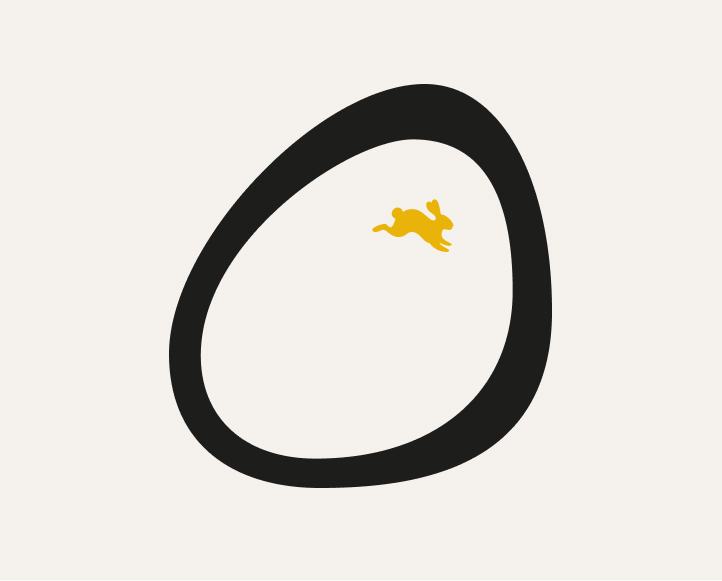
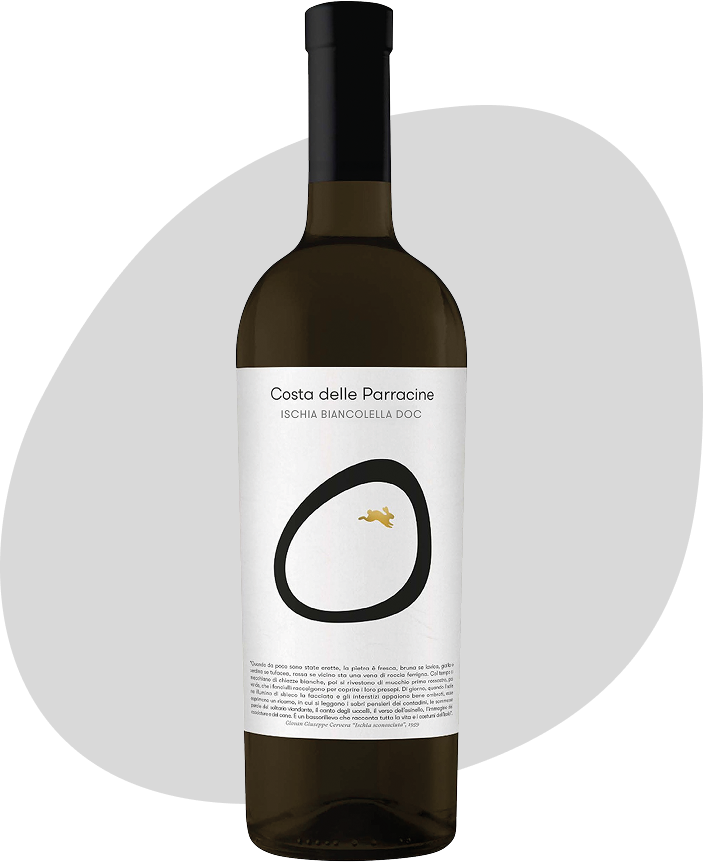
Of Corsican origin (where it is called Petite Blanche), Biancolella is a white grape variety native to the coast and islands of Campania, introduced by the Greeks in ancient times. Today, it is cultivated on about 150 hectares in Italy, almost exclusively in Campania.
The grapes of Biancolella are light green in colour and have a thin skin.
The Costa delle Parracine Biancolella in purity is an elegant well-structured wine that expresses the full potential of this grape variety.
Biancolella expresses its uniqueness on Ischia thanks to the island’s volcanic soils, particularly in the high hill areas such as Costa delle Parracine.
The label recalls the description of the Parracine that Giovan Giuseppe Cervera wrote in his “Ischia
sconosciuta” (Unknown Ischia) published in 1959.
Grapes: Biancolella Denomination: DOC
Denomination: DOC Biancolella Ischia
Commune: Forio
Ha: 2.5
Elevation: 300 metres a.s.l
Soils: volcanic
Training method: Guyot
Age of vines: around 25 years
Winemaking and ageing: 4 months in stainless steel
N. bottles produced: 12,000 0.75L bottles
When recently erected, the stone is fresh, brown if lava, yellow or greenish if tuff, red if there is a vein of iron ore nearby.
Over time, they become stained with white patches, later covered with moss, first reddish, then green, which the children collect to cover their nativity scenes.
In the daytime, when the sun shines on the walls and the interstices are in shade, they appear as a piece of embroidery in which one can read the sober thoughts of the peasants, the subdued words of the solitary wayfarer, the song of the birds, the bray of the donkey, the image of the hunter and the dog.
It is a bas-relief that narrates life on the island and its customs”.
Ischia Sconosciuta, 1959
Giovan Giuseppe Cervera
Forastera – now cultivated on about 50 hectares nationally and almost exclusively in Campania – is a white grape variety. Historically, it has been most widely grown on the islands of the Campanian coast, particularly Ischia, as it helped save vineyards affected by the phylloxera crisis of the mid-nineteenth century due to its vigor: its name indicates its origin from outside the island.
Since the late nineteenth century, this grape variety has therefore accompanied Biancolella in the island’s viticulture.
The cluster is medium-sized, with a cylindrical or pyramidal shape, and is loosely arranged. The berries are medium-sized with a thin skin, and are yellowish-green in color.
Thanks to its array of aromas, the Forastera variety produces a pleasant well-balanced wine.
Grapes: Forastera
Denomination: DOC Forastera Ischia
Commune: Forio
Ha: 1,5
Elevation: 300 metres a.s.l
Soils: volcanic
Training method: Guyot
Age of vines: around 25 years
Winemaking and ageing: 4 months in stainless steel
Bottiglie prodotte: 10.000 bottiglie 0,750 lt
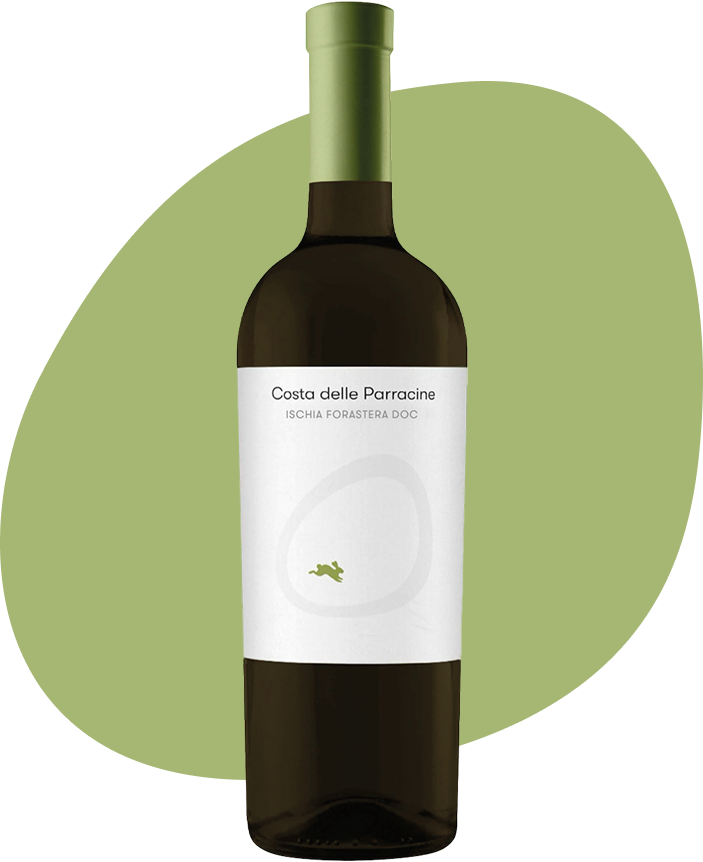
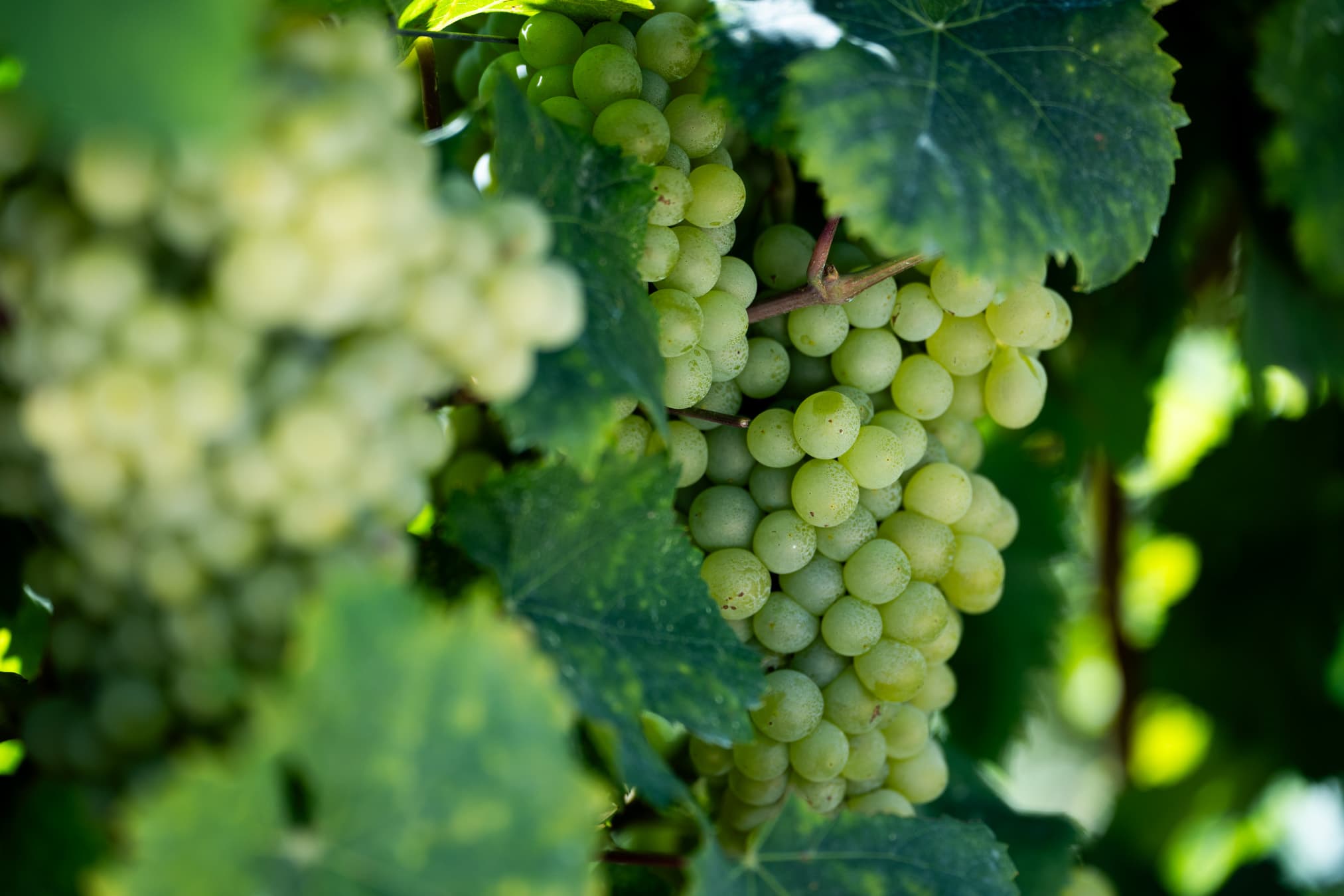
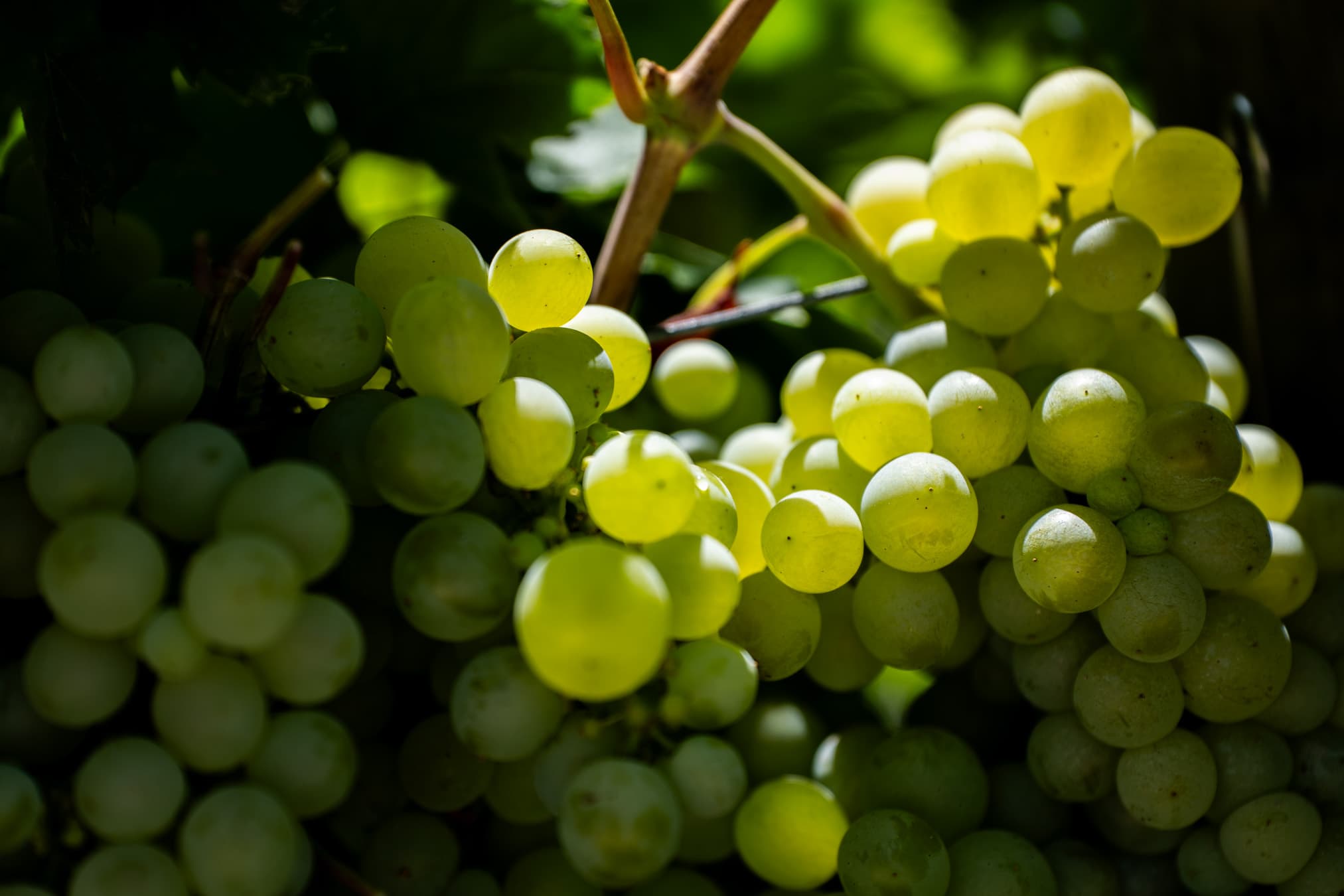
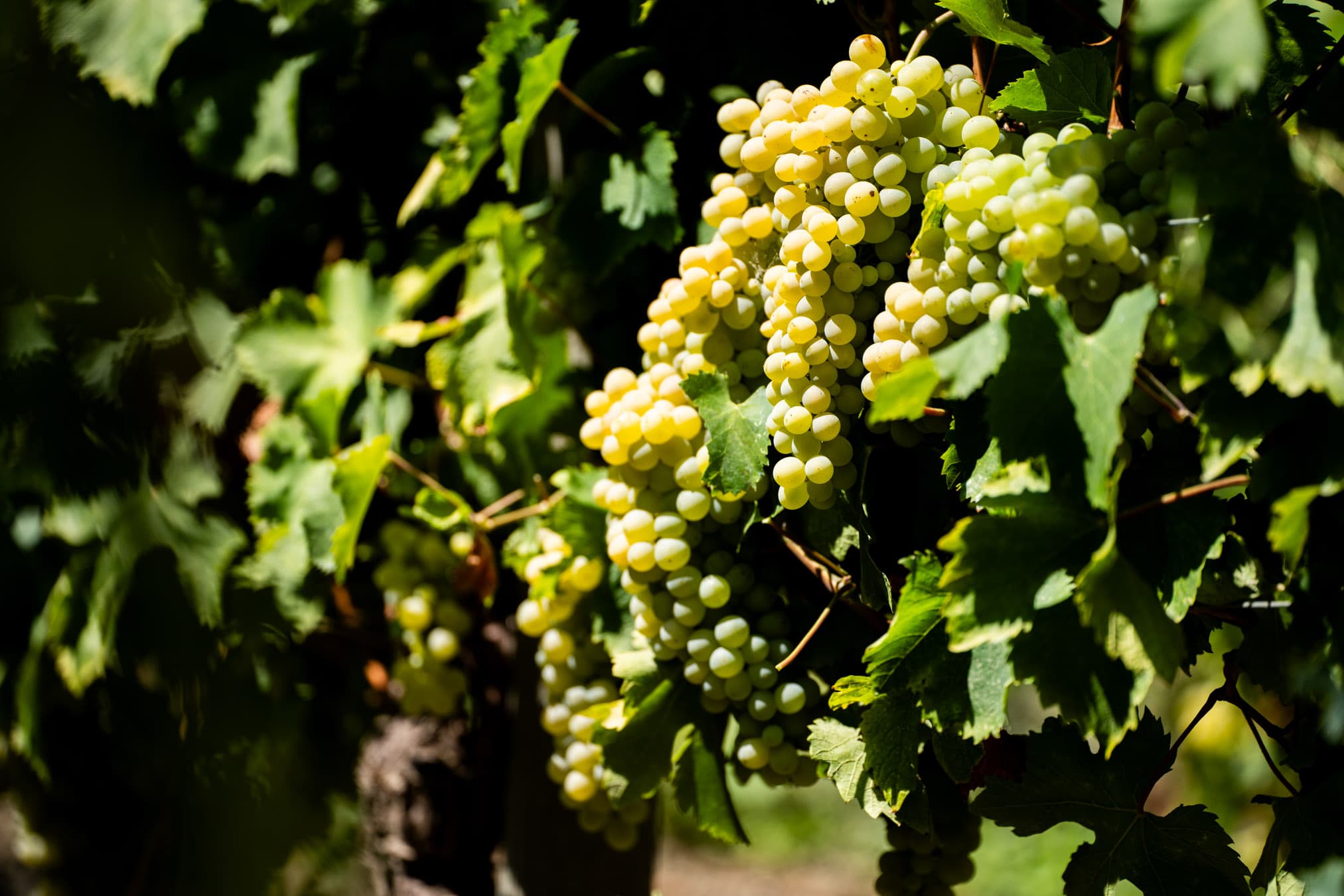

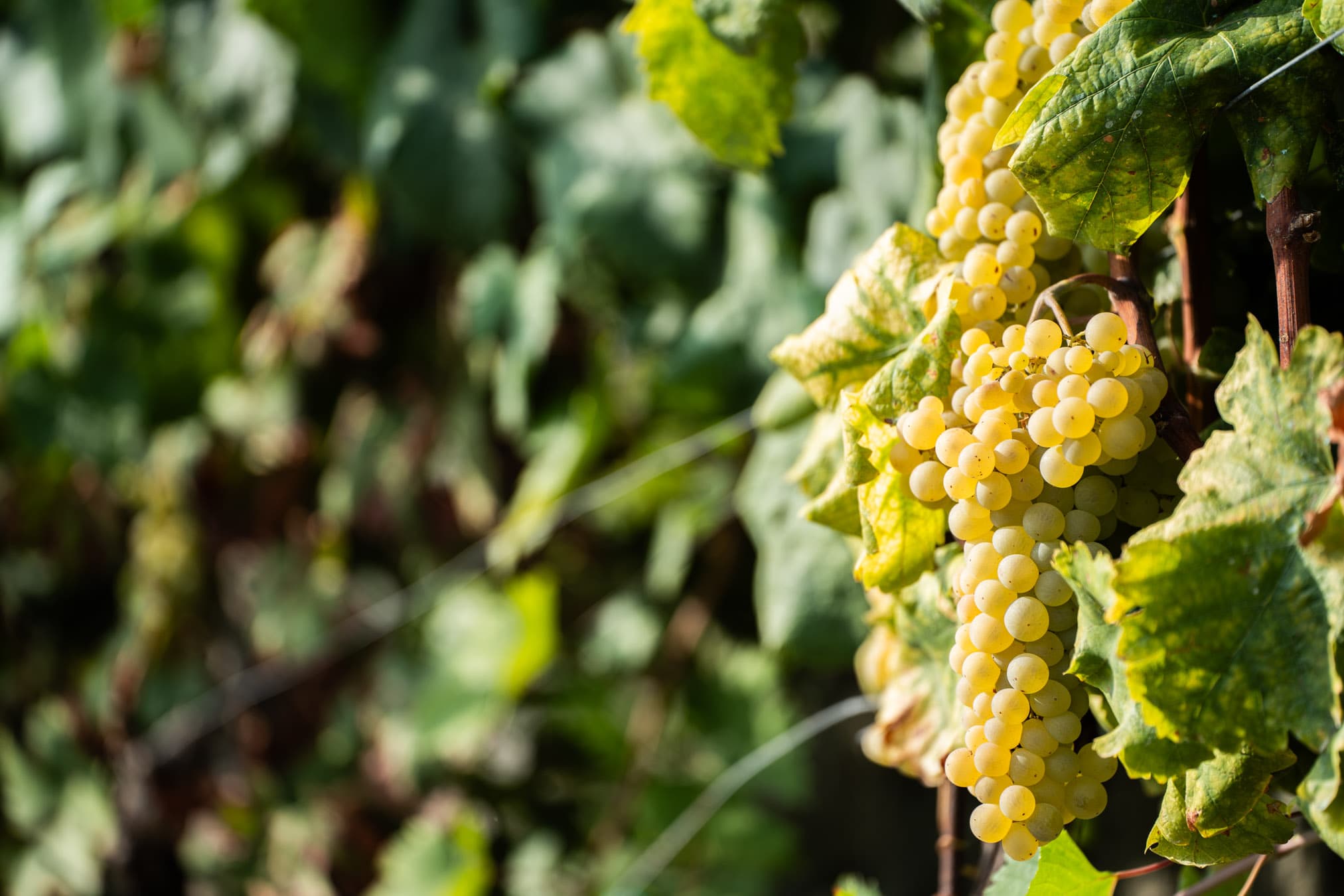
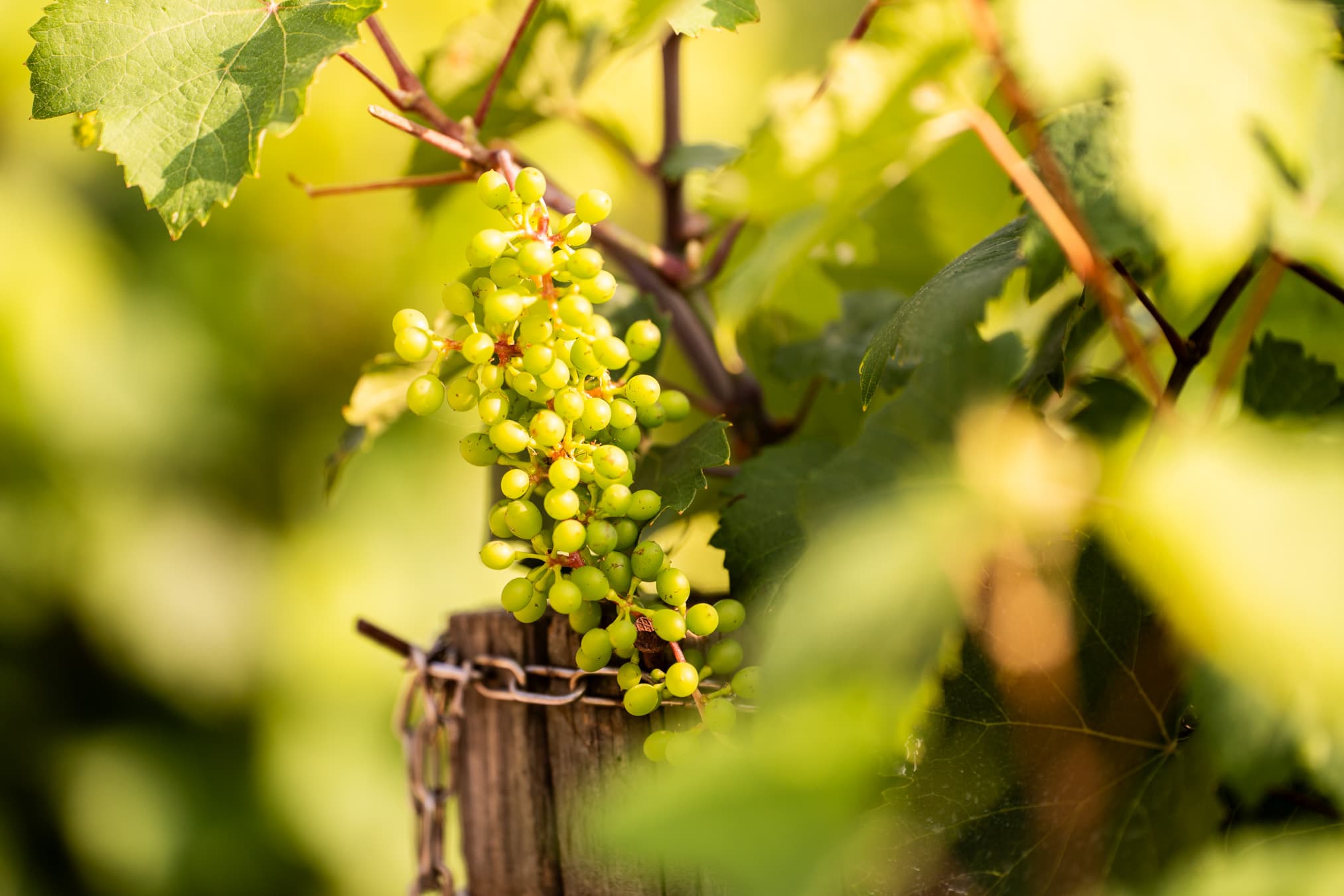

Where We Are
51/BIS Via Pietra Brox, 80075 – Forio (NA)
Write to us
info@costadelleparracine.it